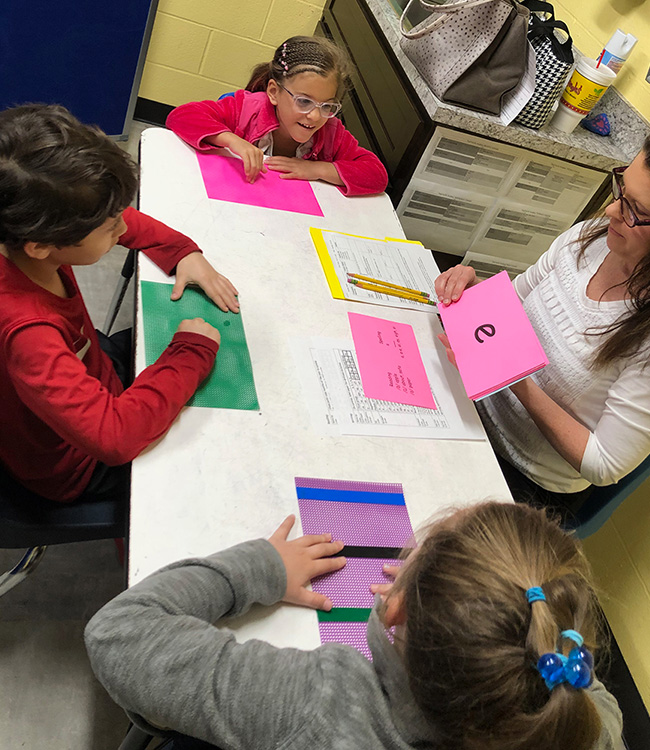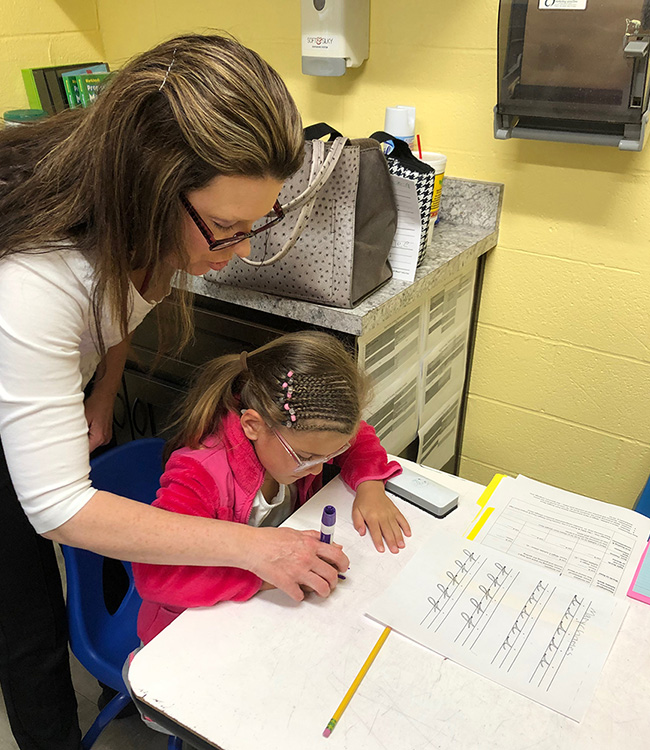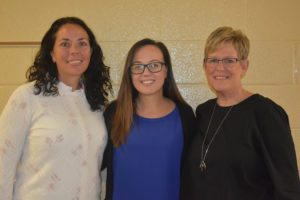Phone (910) 315-8978
OUR APPROACH

Longleaf Academy provides a comprehensive study of language. Using a 4 to 1 student to teacher ratio for 90 minutes each day, students are instructed in reading and writing.
We use the Orton-Gillingham multi-sensory approach supplemented by the Hill Center’s Reading Achievement and Write curriculum, and Excellence in Writing.
Children with dyslexia and other language-based difficulties, enter into the stages of reading at a different rate than typically developing youngsters. Dr. Louisa Moats, a leading reading researcher explains the stages of reading as determined by Dr. Jean Chall. Follow Link To Learn More
Decoding words is one small piece of reading. Children with language-based learning disabilities have difficulty decoding words. They have phonological discrepancies that are necessary pre-requisites to phonics. These discrepancies interfere with essential fluency of reading; thus comprehension is affected.
Reading research has proven that phonology and phonemic awareness can be taught. Through careful adherence to the student’s phonological weaknesses, certified language teachers help the student build the crucial components of reading and writing.


